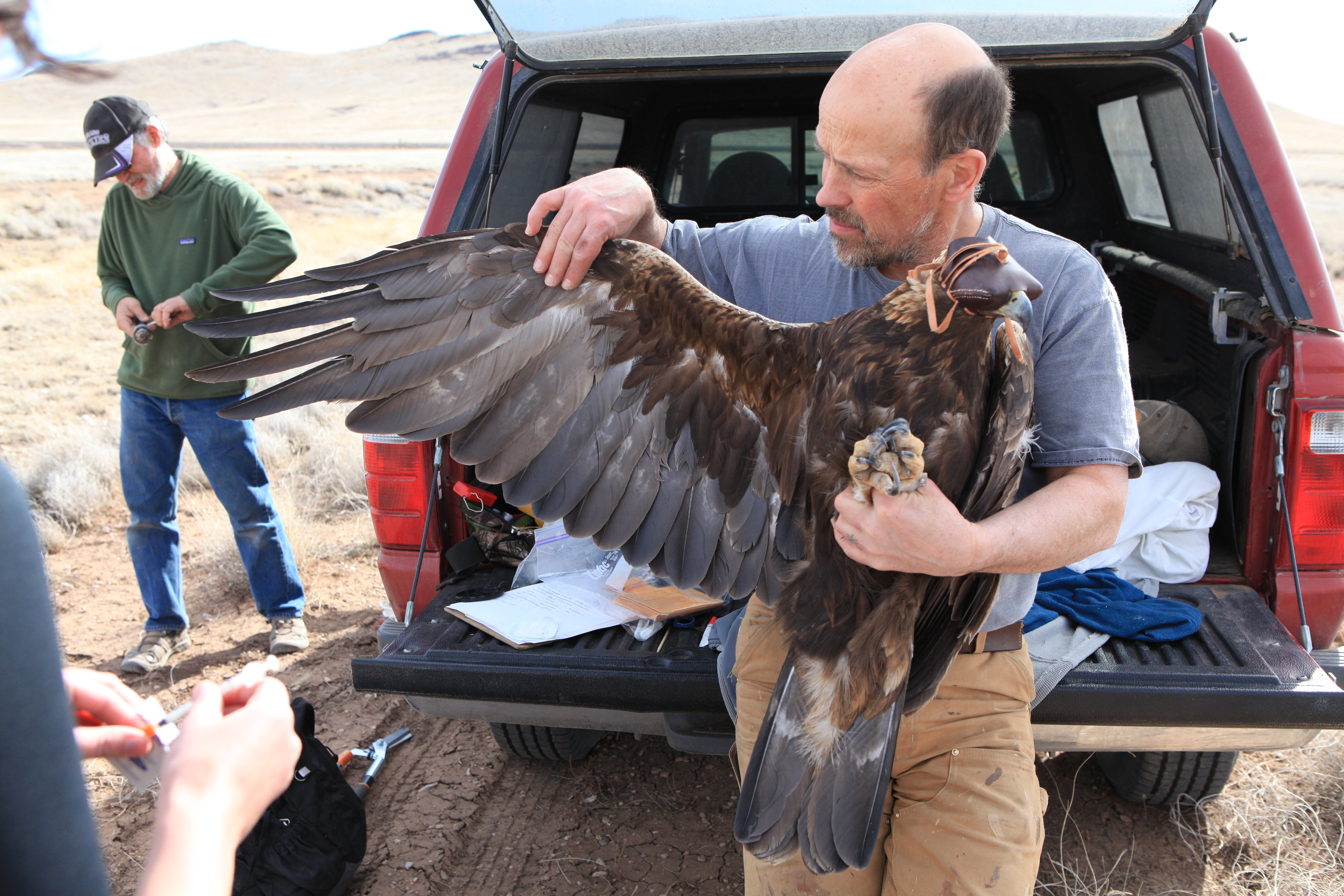
The "scoping" meetings were part of the NEPA process .
This is an information-gathering step to identify all the factors the Service should consider when developing alternatives for eagle management and permit regulations.
The Service encouraged everyone to talk to Service staff at meetings and to submit written comments.
- The Service will review information from the scoping meetings and use it to prepare either a draft environmental assessment or a draft environmental impact statement and proposed revisions to the permit regulations.
- The Service will release a draft environmental assessment or a draft environmental impact statement with the proposed revisions to the permit regulations for another round of public review and input.
- The Service will review all public input before preparing the final environmental assessment or final environmental impact statement and revised permit regulations.
In addition to evaluating the environmental effects of a range of alternatives for eagle management, the Service intends the NEPA analysis to:
- Present up-to-date information about the status of bald and golden eagle populations
- Support the Service's development of regional conservation and management goals for both eagle species
- Analyze the effects of issuing permits for take of bald eagles and golden eagles throughout the U.S. under modified permit regulations
- Analyze the effects of longer-term nonpurposeful take permits
- Evaluate the cumulative effects of low-risk (low-effect) projects to allow for more efficient permitting at the individual project level.
Things to consider
What are the opportunities, problems, or limitations of the NEPA process outlined above?
What criteria should the Service consider when determining what constitutes a low-risk project?
What resources may be affected by different alternatives to eagle management and permitting?
What factors, other than biology, should be considered in developing management objectives for bald eagles and golden eagles?










